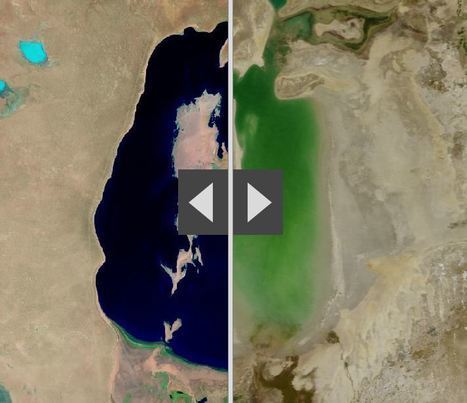"Two archaeologists, who recently published their findings in the American Schools of Oriental Research, used Google Earth satellite images and drone photography to identify the outline of an enormous monument buried beneath sand and time at the UNESCO World Heritage site in Jordan." --Motherboard

|
Scooped by Skuuppilehdet |





 Your new post is loading...
Your new post is loading...
















